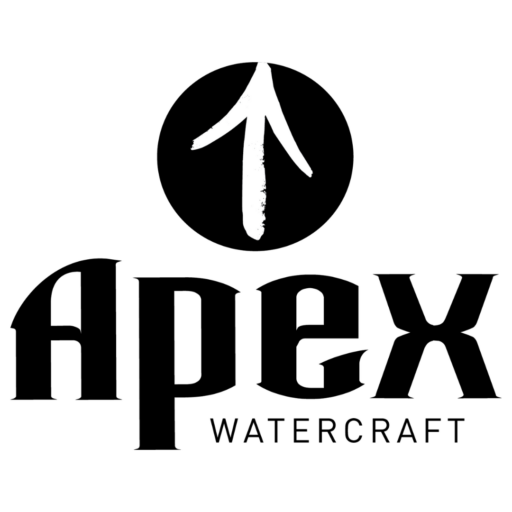The challenge of a non-mass-produced kayak, like the Ringer, is that finding one to see and try out on your own is not easy. Instead of having hundreds of them shipped around to dealers and kayak schools to seed the market, they are ordered one at a time by dealers, or customers and you may not have even seen one live yet. So, how do you know if the boat is all it is hyped up to be? How do you know if you will like it, or better yet, love it?

This is such an easy question for me to answer, as I have put countless hours into designing, prototyping, redesigning, and re-prototyping it and ultimately making and paddling it. I am also around owners of the boat, teaching them, videoing them, and seeing just how this boat changes their paddling life. So, I can give you the knowledge I have here, and hopefully, it will help you decide to either work on getting one, or you can decide it isn’t for you.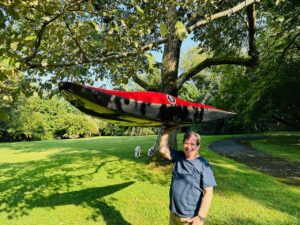
The primary things you would experience, no matter what if you had a Ringer, simply because of the weight alone:
- Carrying/loading- The Ringer is 20-25+ pounds lighter than your other boat. If you want to do a personal test, to see how that weight difference will feel, you can simply bring a 20 or 25-pound dumbell or weight with you in your current boat. Put it in the boat to carry, load, unload. If that extra weight bothers you, then you will feel the same relief when you get in the Ringer and shed 20-25+ pounds.
- Paddling- Acceleration, turning, boofing are all effortless in comparison due to the huge reduction in weight and swing weight. You can do the same type of test by putting two weights- one behind you and one in front of you (10-12 pounds each) to feel the difference. The ends of the Ringer is are so much lighter that the turning speed is a major difference. If you only put one weight at the center of your plastic boat, you won’t experience the difference in turning speed that this much weight makes.
What about the design?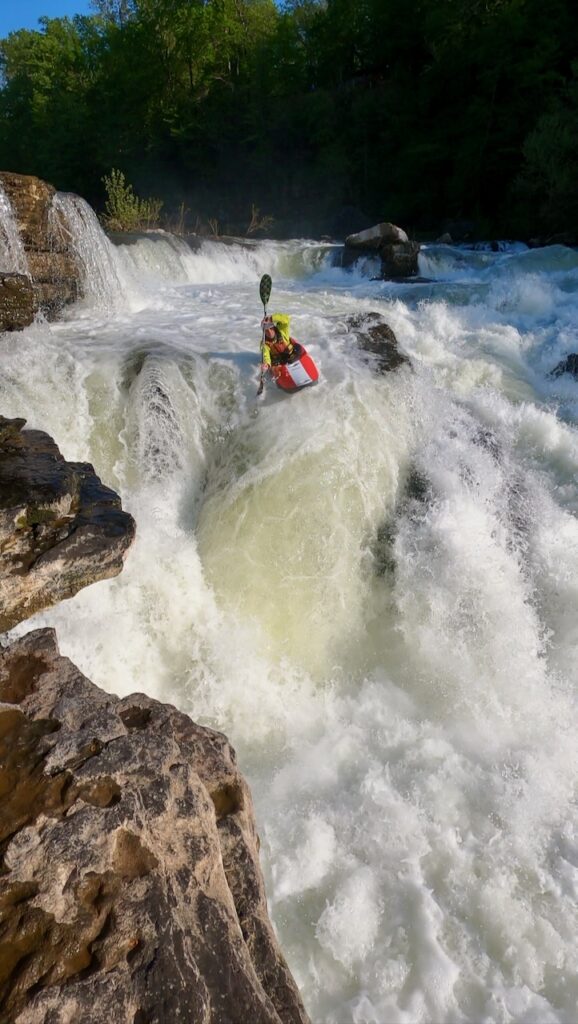
This boat is unique in the top view, and side view, in that it is an aerobatic airfoil shape in the top view, and 1/2 of one in the side view. this does two things. It assures that the stern follows the bow with ease, eliminating that annoying and scary experience when you are trying to paddle a river and the bow goes off in the wrong direction and you have to correct it somehow. Think about that “wandering bow” feeling you get when running whitewater. The Ringer eliminates most of that due to the shape of the rocker and top view. It also creates the fastest down river boat in whitewater due to the high rockered bow that stays dry. The lack of stern rocker keeps the boat from “squatting” and slowing down.
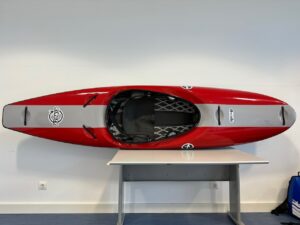
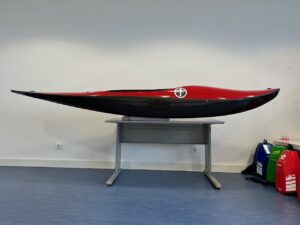
Planing Hull- while many boats have a planing, hull, they are not a “full planing hull”. Meaning the ends are crowned, and the middle is crowned. The looseness of the Ringer is best in class, and combined with the fractional swing weight and it spins, grinds, and surfs so much easier.
There is more you can count on related to the outfitting and ease of adjusting (you can adjust the footbraces while sitting in the boat, and the backband is the rope/cleat system I created for JK back in 2004 and still is the best way to be secure and cut weight, and ease of adjustability and lack of parts to break that can’t be fixed on the river.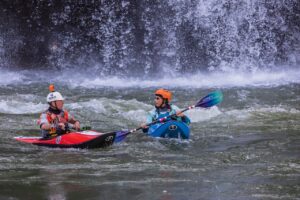
So Beginner, intermediate, or expert? Yes. If a $3,000 purchase is reasonable for you, then you are simply upgrading from a material that is cheaper and can be mass-produced. If your local river is loaded with sharp rocks and you are going to be banging around on them all day, then the plastic boat may still be your best option. Otherwise, it comes down to your size. Right now our medium is in stock and we have 15 Larges molded and more coming. Medium is good from 120-200 and can go past that (Cheryl is 117 and it is the right size for her skill and height, etc.) and if you want to squirt easily and have solid skills, then 200 is great for the medium. The Large covers you from 170-250 and it is the same concept. At 250, you’ll be tight in the boat, like a 200 pounder in the medium. We have a 230-pounder in the medium that enjoys it, but can’t wait for the large. The small mold isn’t made yet, but will be next after the Large Rebound.
Beginner in the medium- first timer, learning to roll, and run your first river-120-170, and 171-220 for the large.
Intermediate/expert- medium: 130-185- Large 185-240

So, back to getting your boat. It is really a matter of your personality and if you are able to just get one and trust that it will make you happy with your choice. If that is just too much of a stretch for you, then either making a trip to see me or somebody with one is worth it, or simply waiting and hoping one day one will show up at a river near you that you can try. That could be next month, or two years from now, who knows. My paddling time is very important to me and I really want to enjoy it to the fullest, the Ringer is a part of that elevated experience for me.
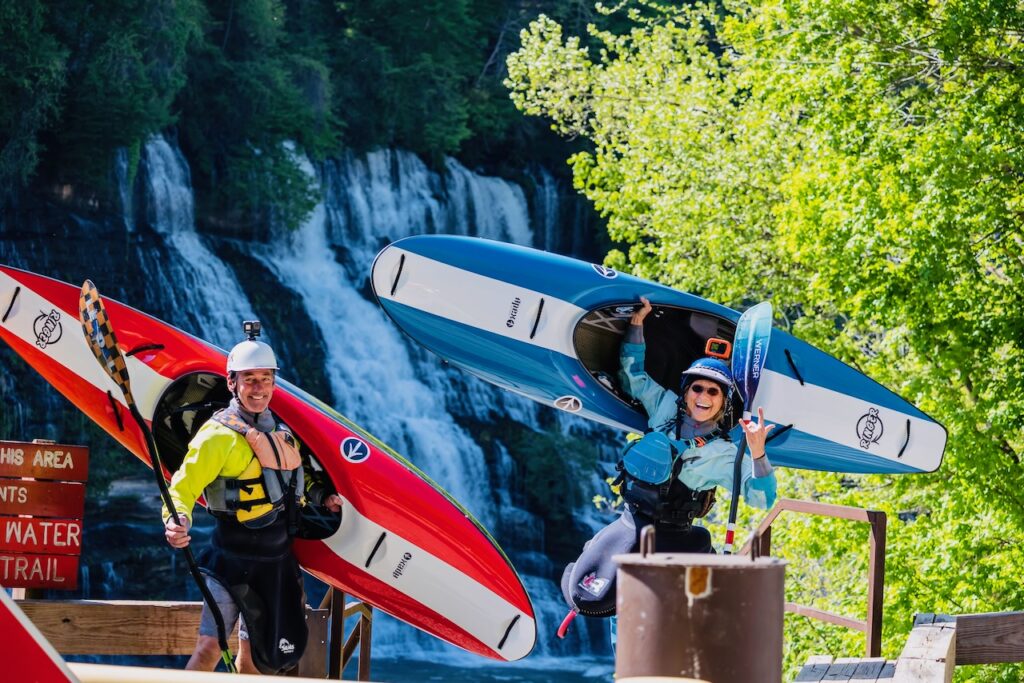
See you on the river!
🙂
EJ
